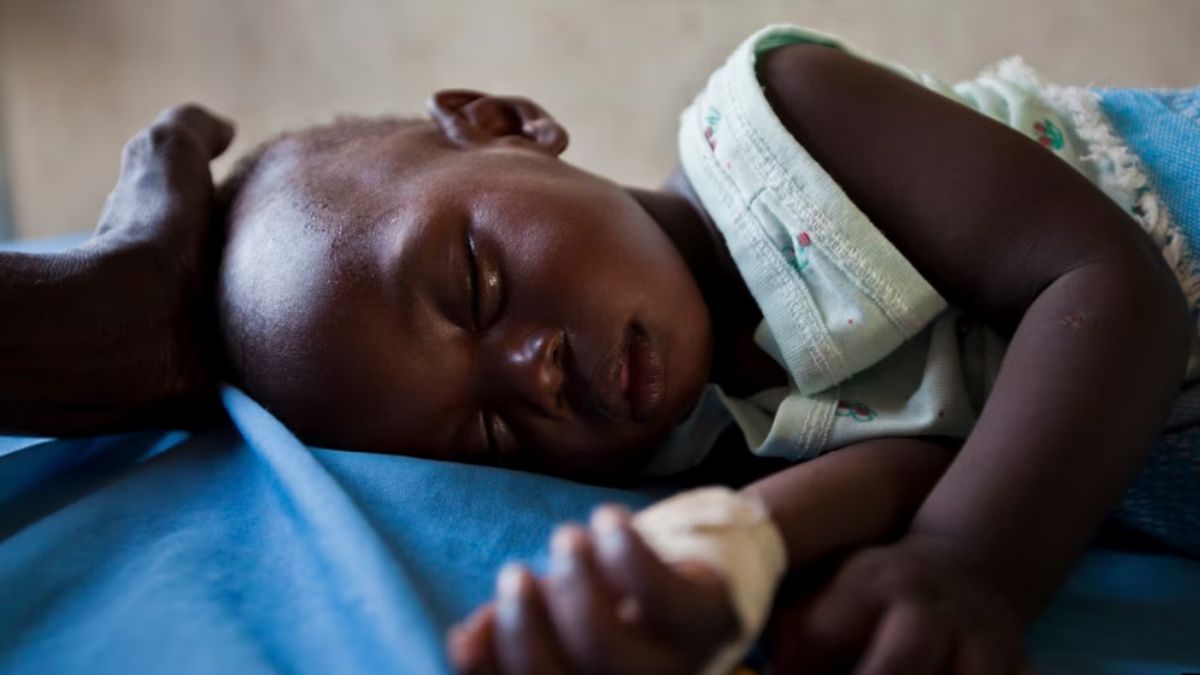The human African trypanosomiasis, better known as sleeping sickness, is among the most dangerous illnesses in Africa.
The World Health Organization (WHO) in 2021 set the ambitious goal of eradicating sleeping sickness, which is caused by protozoan parasites, by 2030.
Since then, coordinated efforts spearheaded by WHO and public health authorities across Africa have led to significant progress. Reported cases have declined by 97.5 per cent since 2000, falling from nearly 40,000 cases in 1998 to fewer than 1,000 annually for the past seven years.
Seven countries have already reduced cases to below one per 10,000 residents, and others are approaching that threshold.
Still, a declaration of victory would be premature. History has shown that diseases once thought to be on the brink of disappearance can resurge when vigilance lapses.
Can the world get rid of sleeping sickness?
Elimination is not the same as eradication. The trypanosome parasites that cause sleeping sickness have evolved a mechanism to evade immune responses, constantly altering their surface proteins to avoid detection. The tsetse fly, the primary vector, remains widespread in many regions.
“There has been a lot of progress toward elimination, but if we stopped now, sleeping sickness would come back, and it could affect millions of people,” Nature quoted Gerardo Priotto, a medical officer at the WHO, as saying. “The tsetse fly is still there.”
New treatment and persistent obstacles
One of the most significant breakthroughs in the fight against sleeping sickness has been the introduction of fexinidazole, an oral drug that has replaced the arsenic-containing melarsoprol regimen previously used.
The medication, developed with support from pharmaceutical firms Sanofi and Bayer in a charity-based initiative, was initially discovered in the 1970s but shelved due to a lack of commercial interest.
Fexinidazole is a substantial improvement: it can be taken orally and eliminates the need for hospitalisation and painful injections. Since its introduction in 2020, it has accounted for about 70 per cent of sleeping sickness treatments.
Impact Shorts
More ShortsHowever, it is not a silver bullet. The drug is less effective in advanced stages of the disease. Side effects such as nausea and vomiting also lead some patients to abandon treatment before completion.
People’s ability to go healthcare facilities is also an important factor.
“You can’t obligate someone to go for treatment,” says Jean-Mathieu Bart, an investigator with the French National Research Institute for Sustainable Development. “Sometimes it takes one year before we succeed in convincing the person to go for treatment, and during this year, they can contaminate other people in the village.”
Final hurdles: War, politics, and donor fatigue
Even as cases dwindle, obstacles remain. Civil unrest in key endemic regions, such as the Central African Republic and southwestern Cameroon, has hindered disease control efforts in the past.
In some areas, medical personnel face threats from rebel factions, making it impossible to conduct active surveillance and treatment campaigns.
Another growing concern is ‘donor fatigue.’
As sleeping sickness cases become rarer, the cost and effort required to detect and treat each case increases.
With limited global funding, convincing stakeholders to continue investing in disease eradication becomes harder. “It’s difficult to convince people that we need as much money to detect one case as we used to need to detect 10–20 cases,” Bart notes.
Challenges endure, but so does WHO
Beyond logistical and financial hurdles, scientific unknowns persist. Researchers still do not know whether the parasite has an undetected animal reservoir, allowing it to persist in nature even if human cases reach zero.
Additionally, some individuals may harbour the parasite and remain infectious without ever developing any symptoms, complicating eradication efforts.
Despite these challenges, WHO remains committed to its goal of eliminating sleeping sickness as a public health problem by 2030.
)